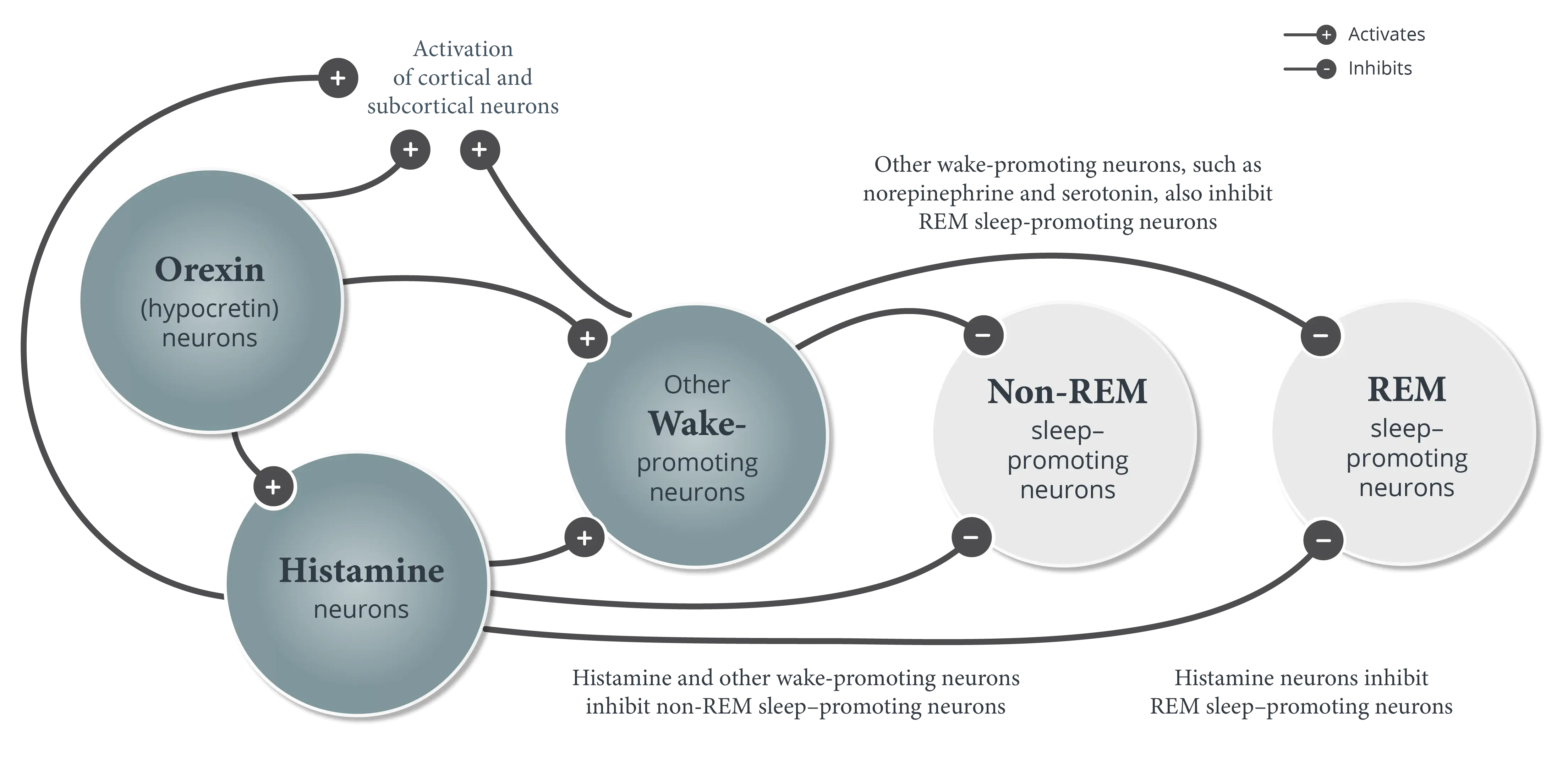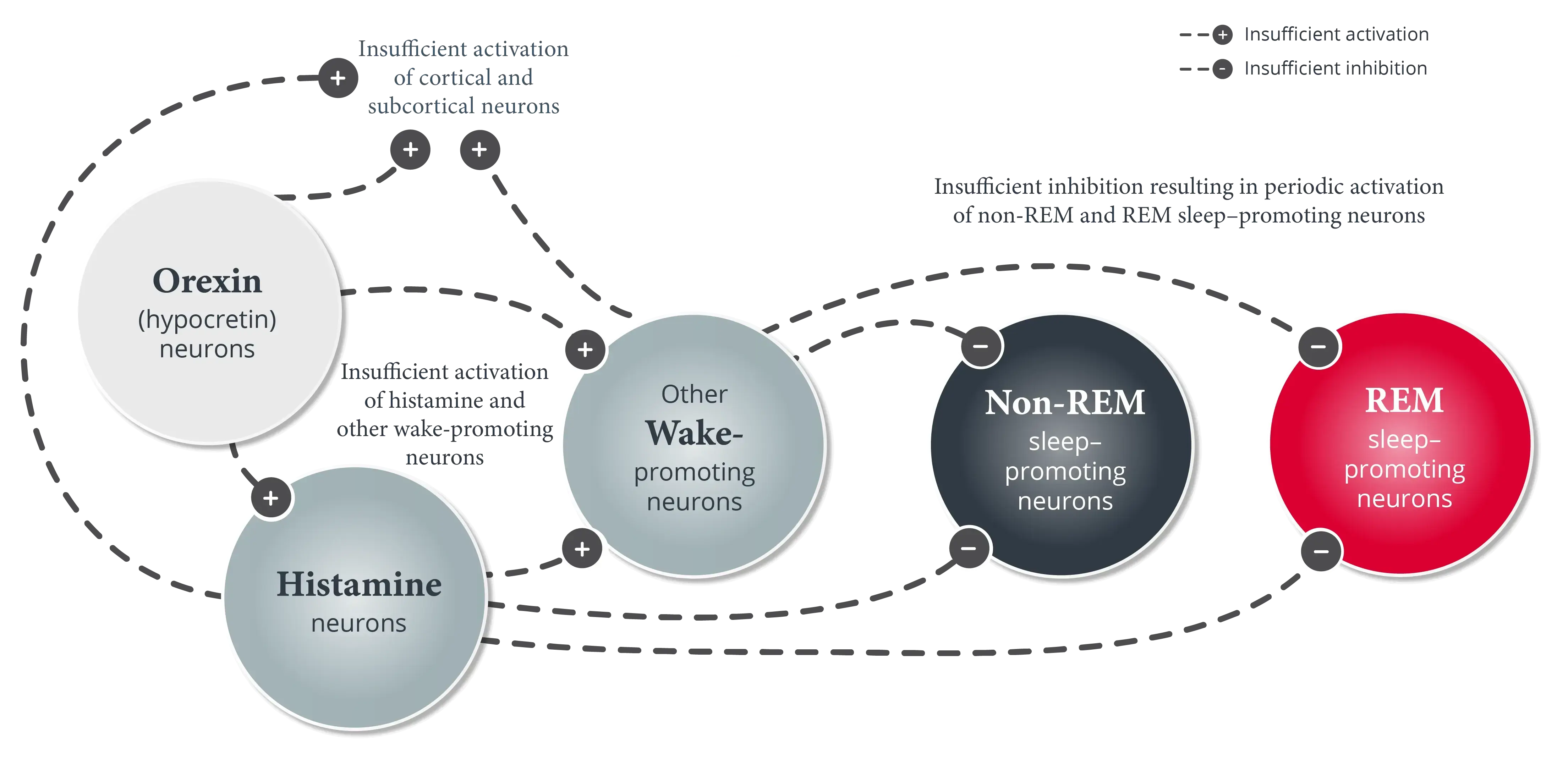Epworth Sleepiness Scale (ESS)
Epworth Sleepiness Scale (ESS)
The American Academy of Sleep Medicine (AASM) recommends use of subjective scales, such as the ESS, to quantify the severity of daytime sleepiness in patients with narcolepsy.1
The ESS is an 8-item, self-administered questionnaire validated in adults to assess daytime sleepiness based on a person’s perceived likelihood to fall asleep in common situations (eg, sitting and reading, in a car while stopped for a few minutes in traffic).2,3
Each of the items is rated on a scale from 0 (would never doze) to 3 (high chance of dozing), with a maximum potential score of 24. ESS scores higher than 10 are indicative of excessive daytime sleepiness (EDS), with higher scores indicating more severe EDS.2,3
Nearly all patients with narcolepsy have been shown to have moderate (ESS score 13-15) or severe (ESS score ≥16) EDS according to the ESS.2-5
A separate version of the ESS has also been validated for use in children and adolescents (ESS-CHAD).
References
- American Academy of Sleep Medicine. International Classification of Sleep Disorders. 3rd edition, text revision. American Academy of Sleep Medicine; 2023.
- Johns M. About the ESS. The Epworth Sleepiness Scale. Accessed December 19, 2024. https://epworthsleepinessscale.com/about-the-ess/
- Johns MW. A new method for measuring daytime sleepiness: the Epworth Sleepiness Scale. Sleep. 1991;14(6):540-545.
- Johns MW. Sensitivity and specificity of the multiple sleep latency test (MSLT), the maintenance of wakefulness test and the epworth sleepiness scale: failure of the MSLT as a gold standard. J Sleep Res. 2000;9(1):5-11.
- Sturzenegger C, Bassetti CL. The clinical spectrum of narcolepsy with cataplexy: a reappraisal. J Sleep Res. 2004;13(4):395-406.


